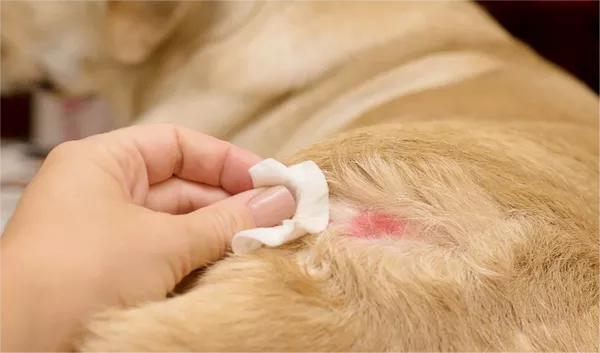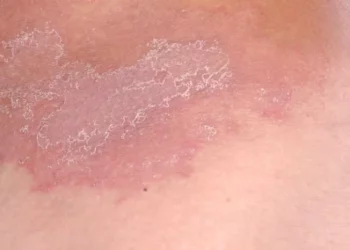Ringworm, despite its name, is not caused by worms but by fungi known as dermatophytes. This fungal infection can affect both animals and humans, presenting a concern particularly for pet owners with multiple animals. Amongst the various scenarios in which ringworm can spread, one common question arises: can ringworm be transmitted from cats to dogs?
To comprehend this transmission pathway, it’s essential to delve into the nature of ringworm and the dynamics of its spread between different species, particularly between cats and dogs.
What is Ringworm?
Ringworm is a fungal infection that affects the skin, hair, or nails of animals and humans. The fungi responsible for ringworm are called dermatophytes, with the most common species being Microsporum canis, Microsporum gypseum, and Trichophyton species. These fungi thrive in warm, humid environments and can persist in the environment for long periods, making them highly contagious.
Transmission of Ringworm
Ringworm spreads through direct contact with an infected individual (animal or human) or by contact with contaminated objects, such as grooming tools, bedding, or furniture. The fungal spores shed by infected individuals can survive on these surfaces, facilitating transmission to other hosts.
Can Cats Transmit Ringworm to Dogs?
Cats are known carriers of ringworm, with Microsporum canis being a frequent culprit. When a cat is infected with ringworm, the fungus can reside in the hair follicles and skin without causing severe symptoms. However, the cat sheds fungal spores into its environment, contaminating surfaces and potentially exposing other animals, including dogs, to the infection.
The transmission of ringworm from cats to dogs is indeed possible. Dogs can become infected if they come into direct contact with an infected cat or share a living environment with contaminated surfaces. However, not all dogs exposed to ringworm spores will necessarily develop the infection; susceptibility varies depending on factors such as the dog’s immune system and overall health.
Factors Affecting Transmission
Several factors influence the likelihood of ringworm transmission from cats to dogs:
1. Contact Intensity: The closer the contact between an infected cat and a dog, the higher the risk of transmission. Activities such as grooming, playing, or sleeping in close proximity increase the chances of exposure.
2. Immune Health: Animals with compromised immune systems are more susceptible to ringworm infections. Puppies, senior dogs, or those with underlying health conditions are at greater risk.
3. Environmental Contamination: Ringworm spores can persist in the environment for months. Shared living spaces, bedding, or grooming tools can harbor these spores, facilitating transmission.
Signs of Ringworm in Dogs
Detecting ringworm in dogs can be challenging as symptoms vary widely. Common signs include:
- Circular patches of hair loss
- Red, inflamed skin
- Crusty or scaly skin lesions
- Itchiness or discomfort
- Brittle or broken hair
However, some dogs may carry the infection asymptomatically, making diagnosis based solely on clinical signs unreliable.
Diagnosis and Treatment
If ringworm is suspected in a dog, diagnosis typically involves a combination of fungal culture, microscopic examination of hair samples, and sometimes skin biopsy. Treatment may include topical antifungal medications, oral medications, and environmental decontamination to eliminate fungal spores from the living space.
Prevention Strategies
Preventing the spread of ringworm between cats and dogs involves several measures:
- Isolation: If one pet is diagnosed with ringworm, isolate them from other animals until the infection is resolved.
- Environmental Cleaning: Regularly clean and disinfect the pet’s living area, including bedding, toys, and grooming tools.
- Health Monitoring: Monitor pets for any signs of skin infections or hair loss and seek veterinary care promptly if concerns arise.
- Hygiene Practices: Practice good hygiene, such as washing hands after handling pets and disinfecting surfaces regularly.
Conclusion
In conclusion, while ringworm can indeed spread from cats to dogs, transmission is not inevitable. By understanding the nature of the infection and implementing appropriate preventive measures, pet owners can minimize the risk of ringworm transmission between their feline and canine companions. Early detection and treatment are crucial for managing ringworm infections effectively and ensuring the health and well-being of all pets in the household.
Related Topics:


























